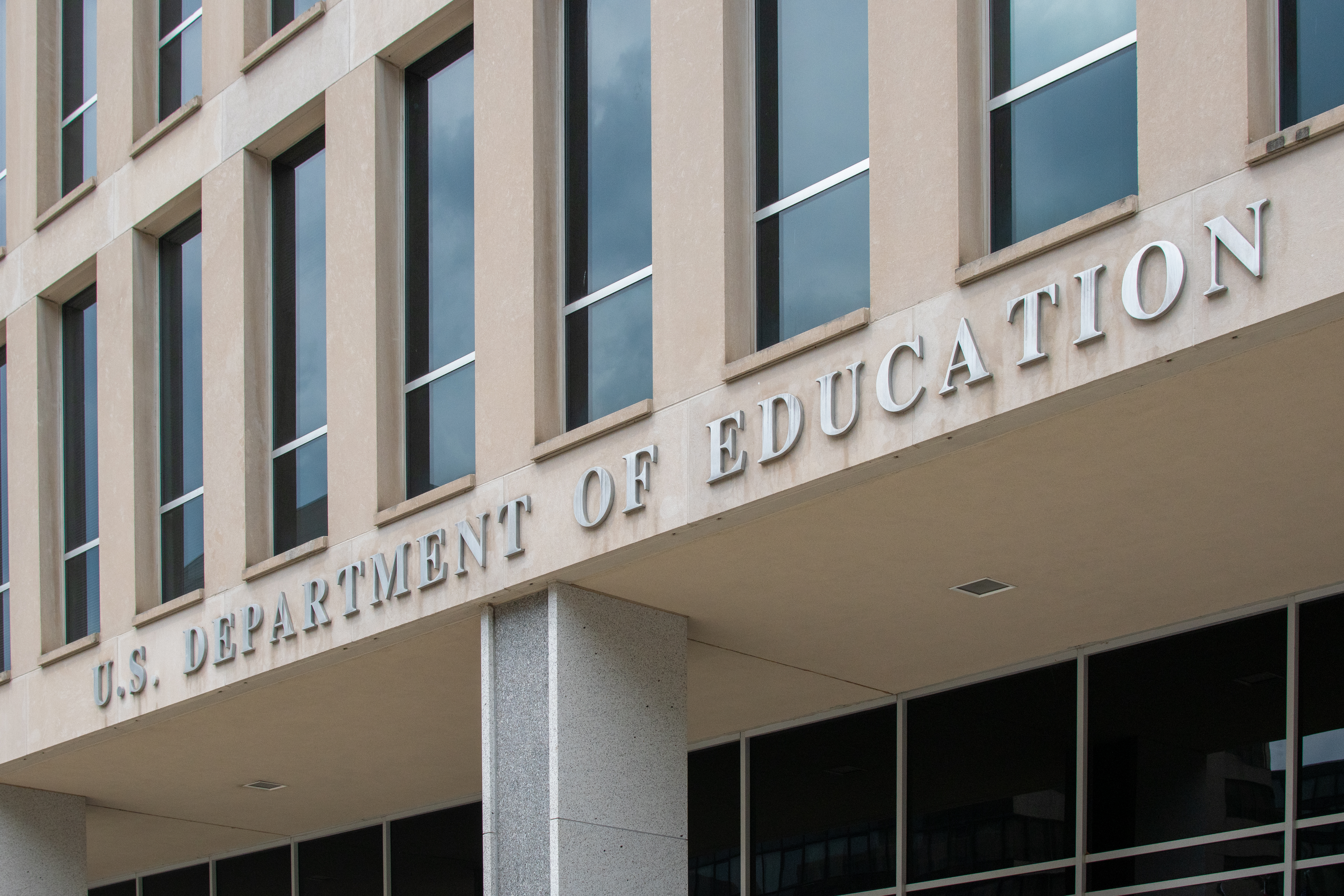Accepting the fact they couldn’t even fight to save their daughter Jennifer’s life was difficult for Libby and Tony Kranz. Choosing to see past their loss in the hopes of helping others, was not.
When Libby and Tony Kranz moved into their home on Yorkshire Drive in Gilroy, they saw it as the place where they would raise their four children.
They never imagined it would be the place where they would have to watch one of those children slowly die.
Until six months ago their daughter, Jennifer Lynn, was a totally typical, princess-loving, pink-wearing, six-year-old. Then one day, Jennifer's left eye began to turn inward.
"We thought it might have been the stress of just having started kindergarten," Jennifer's mother, Libby, remembers. But a trip to the optometrist lead to an MRI which lead to a meeting with a team of doctors.
WATCH MORE BAY AREA PROUD STORIES
"The words they used," Libby recalls, "were that there was no cure." No cure, that is, for the Diffuse Intrinsic Pontine Glioma (DIPG) tumor that was growing on Jennifer's brain. With just 400 cases diagnosed in the United States each year, DIPG is a relatively rare, though invariably fatal form of cancer.
The Kranzes did not know how long Jennifer had, but knew her end was coming.
The entire focus of the Kranz's life became making sure Jennifer was as comfortable, happy, and as loved as possible.
Still, even in this darkest period of their lives, the Kranzes were able to see past their grief, and chose to help others.
Local
"If I can stop another mother, another grandmother, another aunt from feeling the way I do right now," Libby says, "I will."
It was the Kranzes who first brought up the idea of donating Jennifer's DIPG tumor once she died to her neuro-oncologist, Dr. Michelle Monje. They asked if it would be of benefit to researchers. They had no idea just how beneficial it could be.
Just within the past few years Monji and her team at Lucile Packard Chilren's Hospital Stanford had pioneered a technique in which stem cells from DIPG tumors can be cultured and grown in a laboratory.
It was Monje, then, who got the call early Wednesday morning to come and remove Jennifer's tumor. The little girl had died overnight.
Within hours, Monje's team was working in her lab to isolate the brain tumor cells. It is the first step in what will hopefully be the creation of a DIPG stem cell line. Only a few such lines now exist in the world, and the addition of even one more would be a boon to DIPG researchers.
The science has the potential to lead to breakthrough for a disease that has not seen advancement in treatments in decades. Monje says she already sees the potential for a clinical trial in the near future.
Monje says it is just what the Kranz has done, that has made it possible. "I think it is the definition of selfless to donate tissue in this way."



